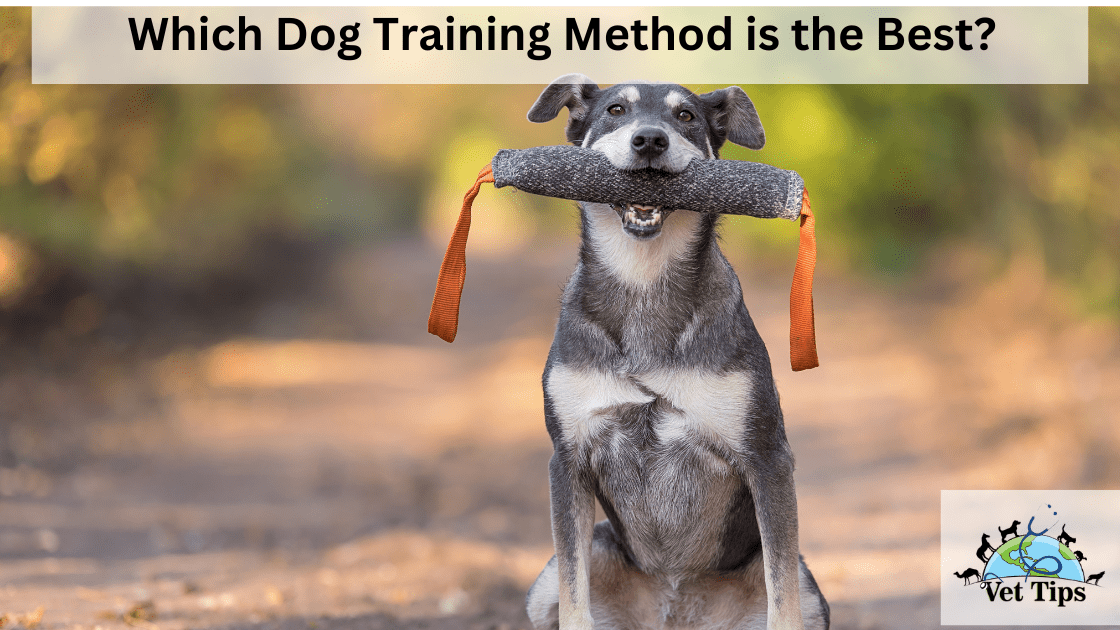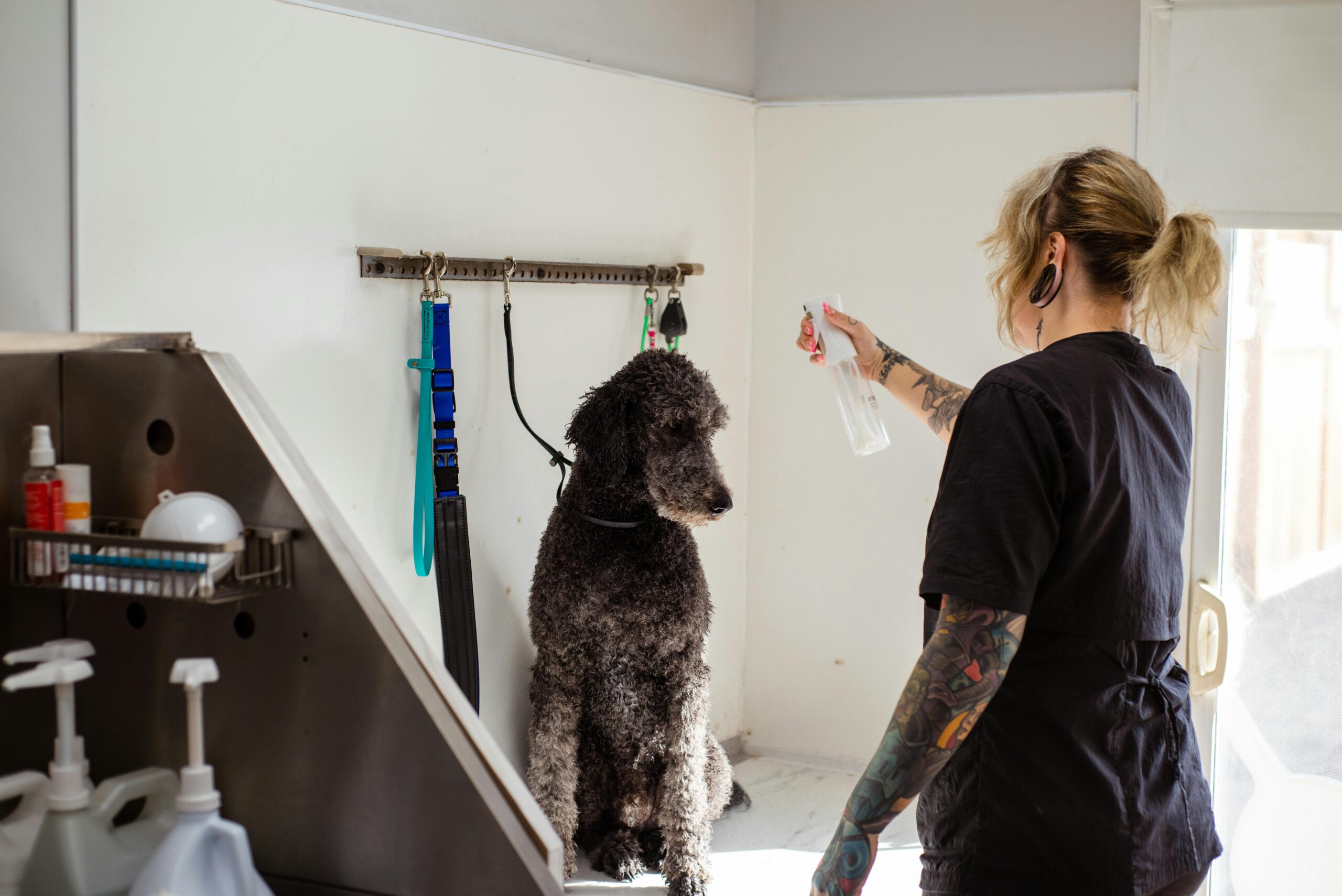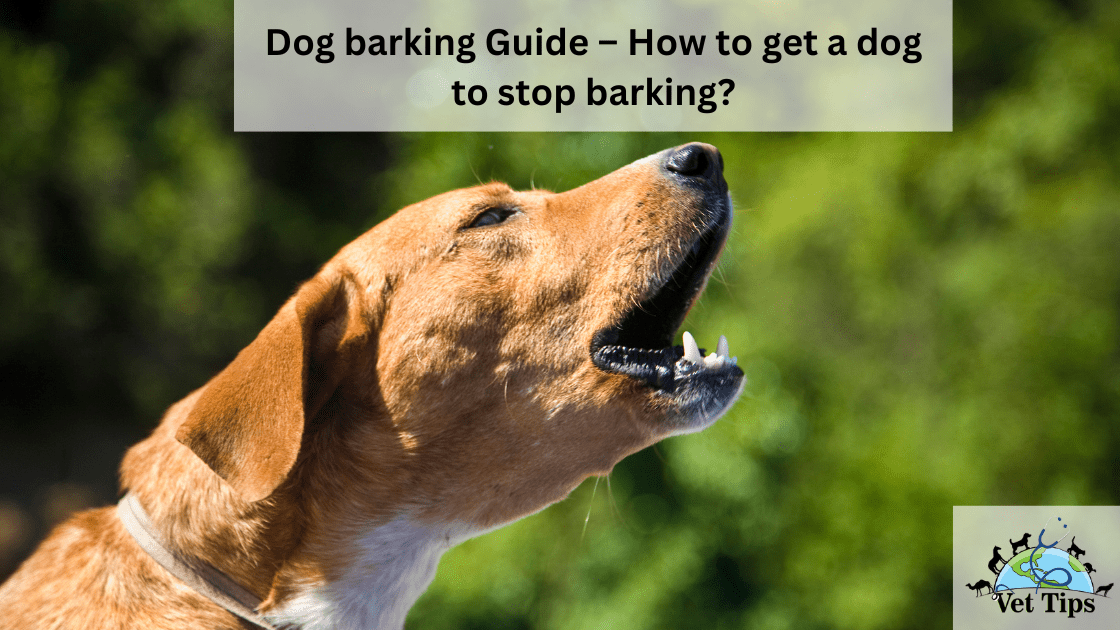In this article, we will discuss, “Which Dog Training Method is the Best for dogs?”. Continue reading to learn more about it
Your personality and living style will determine the approach (or combination of methods) you use in your Dog Training program and what works best for you and your dog.
- Traditional Dog Training
- Operant Conditioning — the most used of all training methods
- Science-Based Training — Perhaps the Best among All Dog Training Methods
- Positive Reinforcement Training
- Negative Reinforcement Training
- Clicker Training — One of the Most Common Dog Training Methods
Most Effective Dog Training
Science-based dog training can be the most effective of all dog training methods. Today, there’s a lot of excitement about “science-based dog training.” Still, it’s challenging to describe a single, all-encompassing concept because of its broad scope and ever-changing theories.
A thorough understanding of dogs, their existence, behavior, operant conditioning, classical conditioning, punishers, reinforcers, and everything else is necessary for science-based training.
Science-based dog training is increasingly evolving due to animal behaviorists’ and veterinarians’ trials to understand dogs better. And this is where science-based training differs from conventional methods of training.
Traditional approaches, dominance theory, and wolf pack theory all fall in the category of science-based training. However, science-based trainers know that these hypotheses have been debunked and proved incorrect and that manipulation and physical punishment are ineffective. These strategies can result in dogs with suppressed personalities who only “obey by fear.”
Science-based trainers strive to teach dogs in the most humane manner possible, considering the dogs’ psychological needs and natural learning styles. They make an effort to interact with the dog rather than control them with an iron fist. And science-based education is still evolving. New research occurs due to recent tests, and old hypotheses are discarded in favor of new ones, resulting in the abandonment of old methodologies favoring new ones.
The majority of science-based training depends upon operant conditioning. Before attempting to alter an action, everything that surrounds and precedes it is observed and understood. The world of science-based education is so vast that it could fill an entire library with the knowledge available.
Which is the Perfect Dog Training Collar?
Each dog is an individual, just like humans, and not every training method will work for every dog. When used correctly on a dog that can tolerate this form of correction, the Best Training Collars or e-collars can be a great resource. There are various training collars available, many of which have several settings: shock, vibration, and beep. Before you start teaching your four-legged buddy with an e-collar, make sure you understand how to use it properly. Also, when purchasing an e-collar, you should buy a high-quality model to prevent malfunctions that might damage your dog. Based on trusted brands and user reviews, the following list compiles the best e-collars available.
Remote-controlled Trainmate Shock Collar and cable for Dogs
The Trainmate Shock Collar and cable is a robust shock collar for dogs of all sizes in three secure modes. This vibration environment helps you to safely and effectively train your dog. This dog training collar comes with features that make it long-lasting, efficient, and reliable. It is the ideal option for all pet owners because of its numerous outstanding features.
Dogtra IQ Plus (Expandable)
The Dogtra IQ Plus is the remote trainer to get if you want a lightweight, portable, and powerful device. A battery charger and two rapid charge batteries are also present with the waterproof training collar.
SportDog FieldTrainer 425Dog Training Collar
The SportDog Field Trainer 425 is a mid-range e-collar with a 500-yard range, which is ideal for most yards, even wide ones. Even in the rain or in a shallow pond, the DRAYTEK waterproof feature ensures your dog’s safety.
Who Performs Dog Training
Puppies and adult dogs, as well as their owners, are the focus of dog trainers. They teach dogs everything from simple commands to fun tricks, like “manners.” The majority of dog trainers also deal with dogs that have behavioral issues. Teaching owners how to focus on training and managing their dogs’ actions is an essential aspect of dog training. A dog trainer could teach group training classes one day and then go to a client’s home the next day to train them one-on-one.
Spend Time With Dogs
Spending time with dogs is one of the best opportunities to learn about dog nature. You will have hands-on experience with dogs in a variety of ways.
- Volunteer at a shelter for animals
- Look for a career or internship with a veterinarian
- Contact local breed clubs
- Attend obedience courses and clubs for your dogs.
Dog training can be intimidating, especially if this is your first dog. The reality is that educating your dog is a significant undertaking. You will find the challenge to be much less challenging if you take it to step by step. To get you started, here’s some information:
- Start a Dog Obedience Training Program: Before you start training your puppy, learn how to lay a solid base.
- Use Games to Train Your Dog: Training the dog should be enjoyable! Everyone knows that learning is better when you’re having fun, so include some games in your dog training routine.
- Six Weeks to a Well-Trained Dog: You can teach your dog the basics in about six weeks using this schedule as a reference.
- Positive Reinforcement: There are various methods for training a dog, but most dog experts believe that the positive approach is the best for both the dog and the trainer.
Click here for similar files like this.
Click here for the source file.








One thought on “Which Dog Training Method is the Best?”